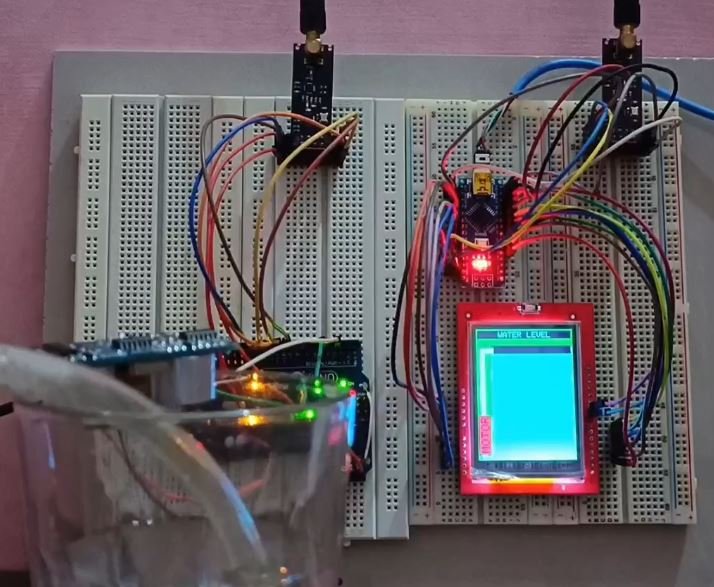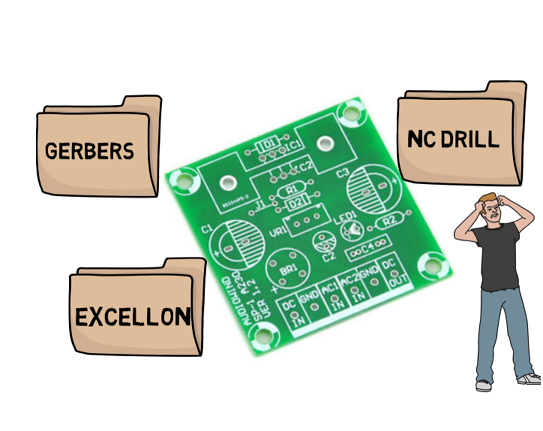The Primary Rate Interface (PRI) is a telecommunications interface standard used on an Integrated Services Digital Network (ISDN) for carrying multiple DS0 voice and data transmissions between the network and a user.
PRI is the standard for providing telecommunication services to enterprises and offices. It is based on T-carrier (T1) transmission in the US, Canada, and Japan, while the E-carrier (E1) is common in Europe and Australia. The E1 carrier provides 30 B- and one D channel for a bandwidth of 2.048 Mbit/s.
Application: The PRI channels are typically used by medium to large enterprises with digital private branch exchange (PBX) telephone systems to provide digital access to the public switched telephone network (PSTN). The B-channels may be used flexibly and reassigned when necessary to meet special needs such as video conferences. PRI channels and direct inward dialling are also common as a means of delivering inbound calls to voice over IP gateways from the PSTN.
Topics covered:
- Identifying RJ45 cable pair to be used for PRI line testing.
- Giving physical loop on KRONE port for PRI line testing.
- Testing PRI E1 port for error using PRI Meter.
- Testing PRI E1 port for call drop using PRI Meter.
Identifying RJ45 cable pair to be used for PRI line testing:
1) Short (Blue and Orange) ; (Blue white and Orange white).

2) Connect one end of RJ45 cable to PRI meter. Press and hold power button for 3-4 seconds. Let meter boot itself. After waiting for few seconds you will see following screen. Then Select RJ48.
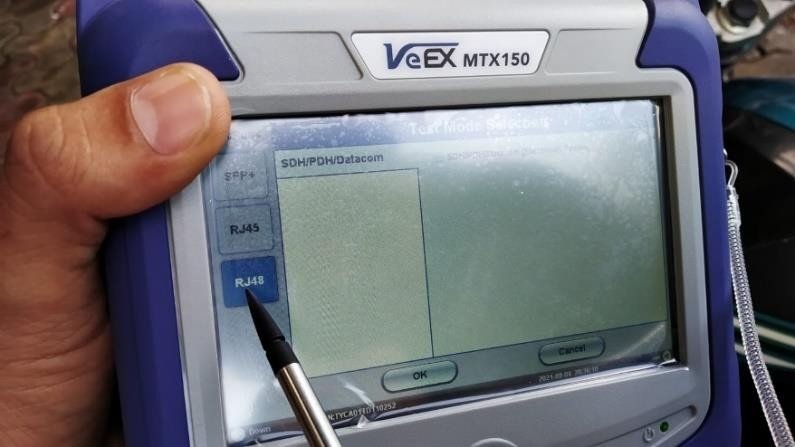
3) Check SDH/PDH/Datacom

4) Select OK

5) Now, if selected pair is correct you will see following status UP (In green colour): Signal, Frame, Pattern and Alm/Error.
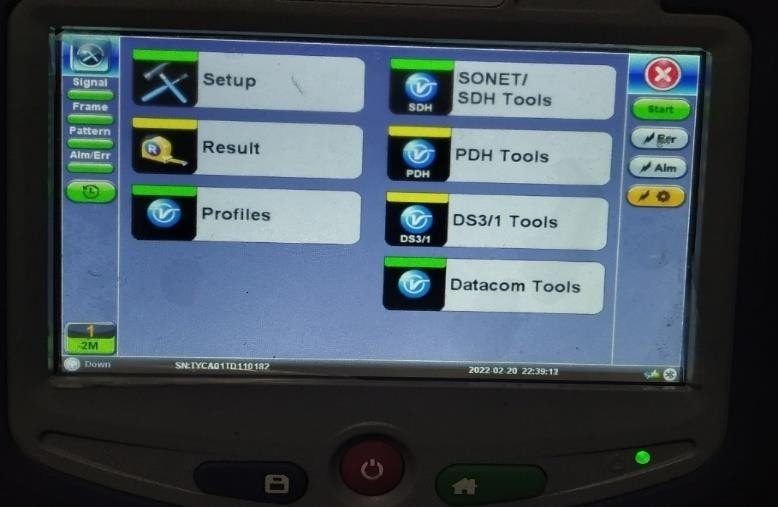
6) Now you can use these pair as Tx and Rx for testing PRI line shown as below. Orange and Orange white as Tx. Blue and Blue white as RX.
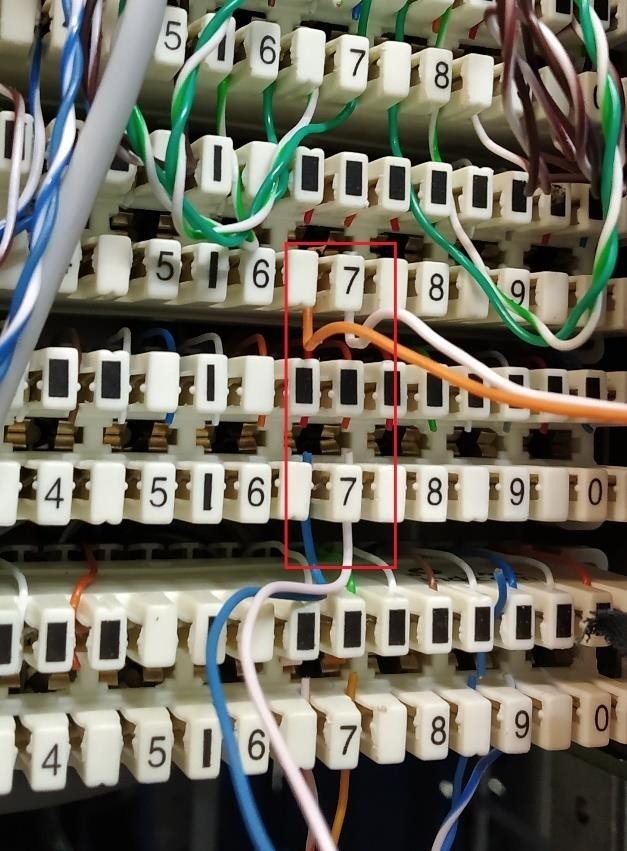
Note:
- This shorting of pairs in Step1 is called physical looping due to which meter shows line is up without actual connection to PRI line.
- This test can also be performed by local loop. Here local loop means virtually looping by backend team (Transmission team, SOC team). In this case meter shows UP status. This can be done for error testing between KRONE and device from where virtual loop is provided.
- If PRI line is UP and we connect meter to line as explained above, meter will show UP without providing local loop. But sometimes as per customers requirement CRC is disabled from backend team for particular PRI line then meter will show down but PRI will still be UP, at the same time if we remove meter and connect customer PBX to PRI line, customer will show online because CRC is kept disabled from customer end as well. Here we can give local loop from backend and perform error test.
- When we do local or physical loop and dial from call1 of meter, we will receive incoming call at call2 of meter. And if call is made on active PRI line without loop, incoming call will be received by number dialled on meter.
Giving physical loop on KRONE port for PRI line testing:
- For example if you want to provide physical loop on port 39 of KRONE shown in picture here. Make cross connection between TX and RX of port 39 as shown in picture and this is nothing but proving physical loop.
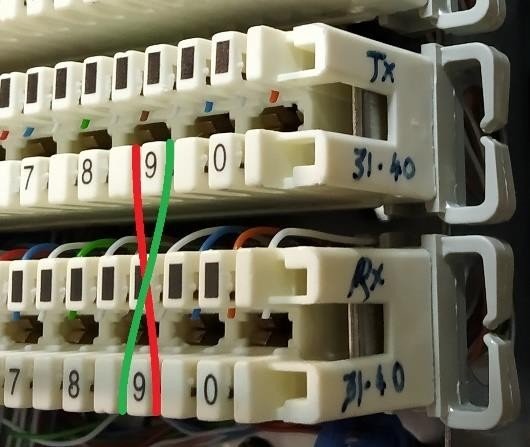
- One more images showing physical looping. Here highlighted port shows cross connection between Tx and Rx.

Testing PRI E1 port for error using PRI Meter:
1) Follow all steps of “Identifying RJ45 cable pair to be used for PRI line testing” then select Setup

2) Select start
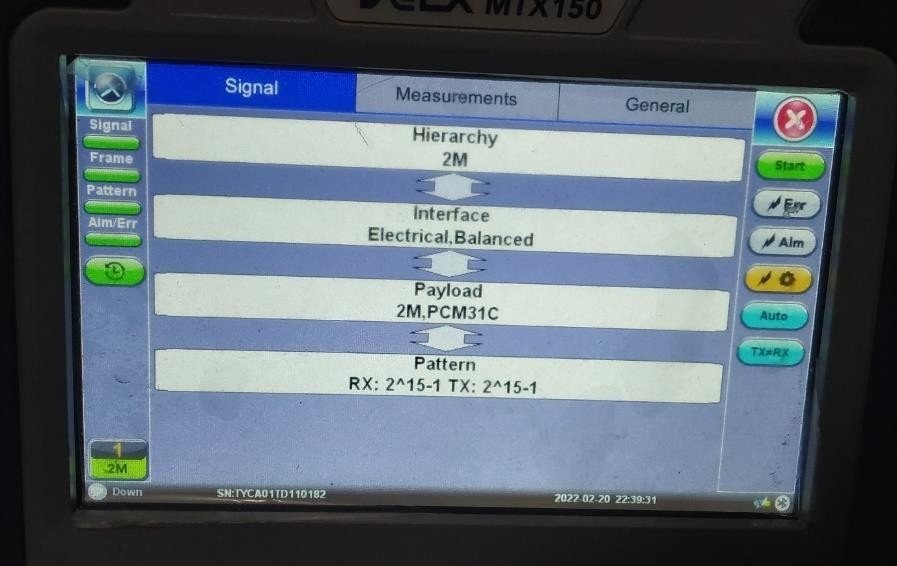
3) If there is no error, you will see No error – OK for all parameters.

4) Below are few images showing reading taken after 2 hours of error test.

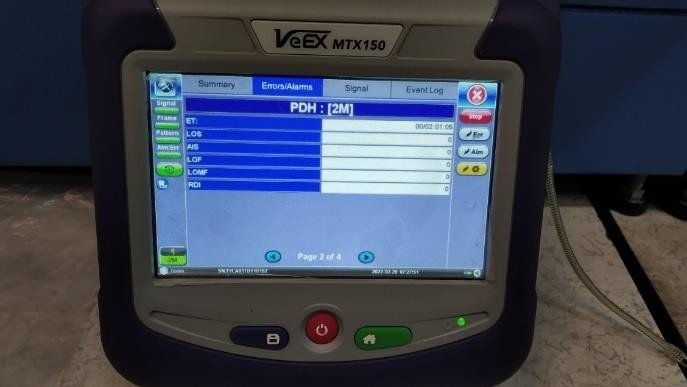
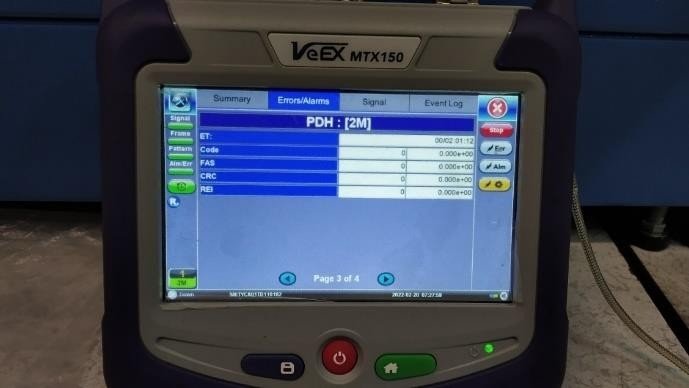


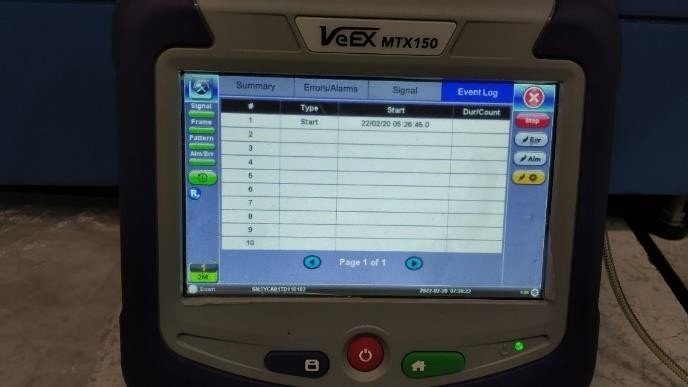
Testing PRI E1 port for call drop using PRI Meter.
1) Follow all steps of “Identifying RJ45 cable pair to be used for PRI line testing” then select PDH Tools

2) Select ISDN

3) Select call
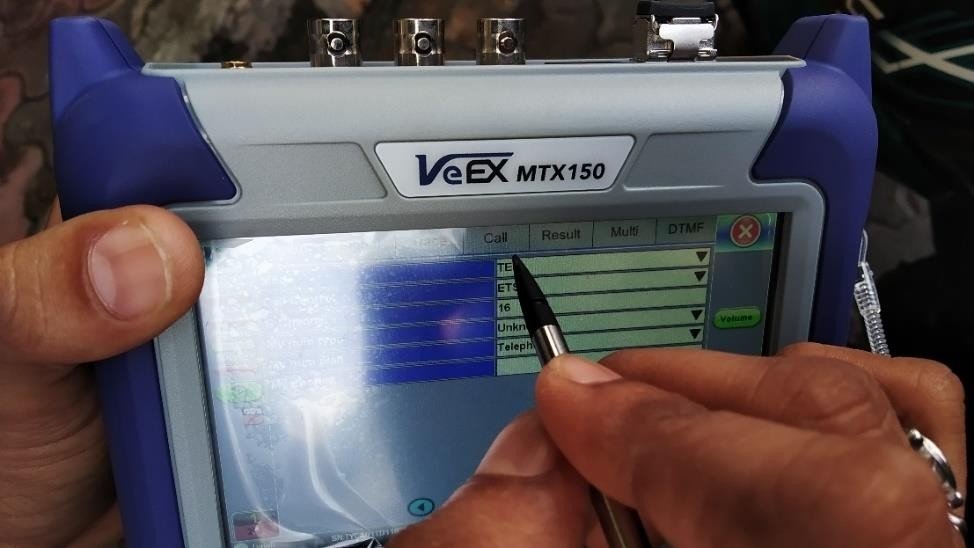
4) Select caller ID from 1st Call, enter number on which you want to make a call and select Apply and then make call. After this you will see the following screen.
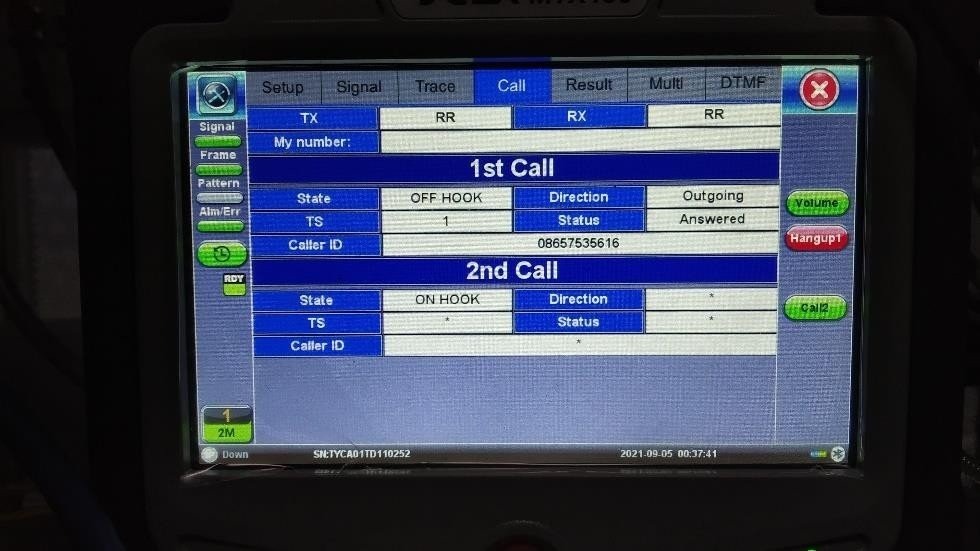
Now you can continue call for longer duration to see if there is a call drop or not.


